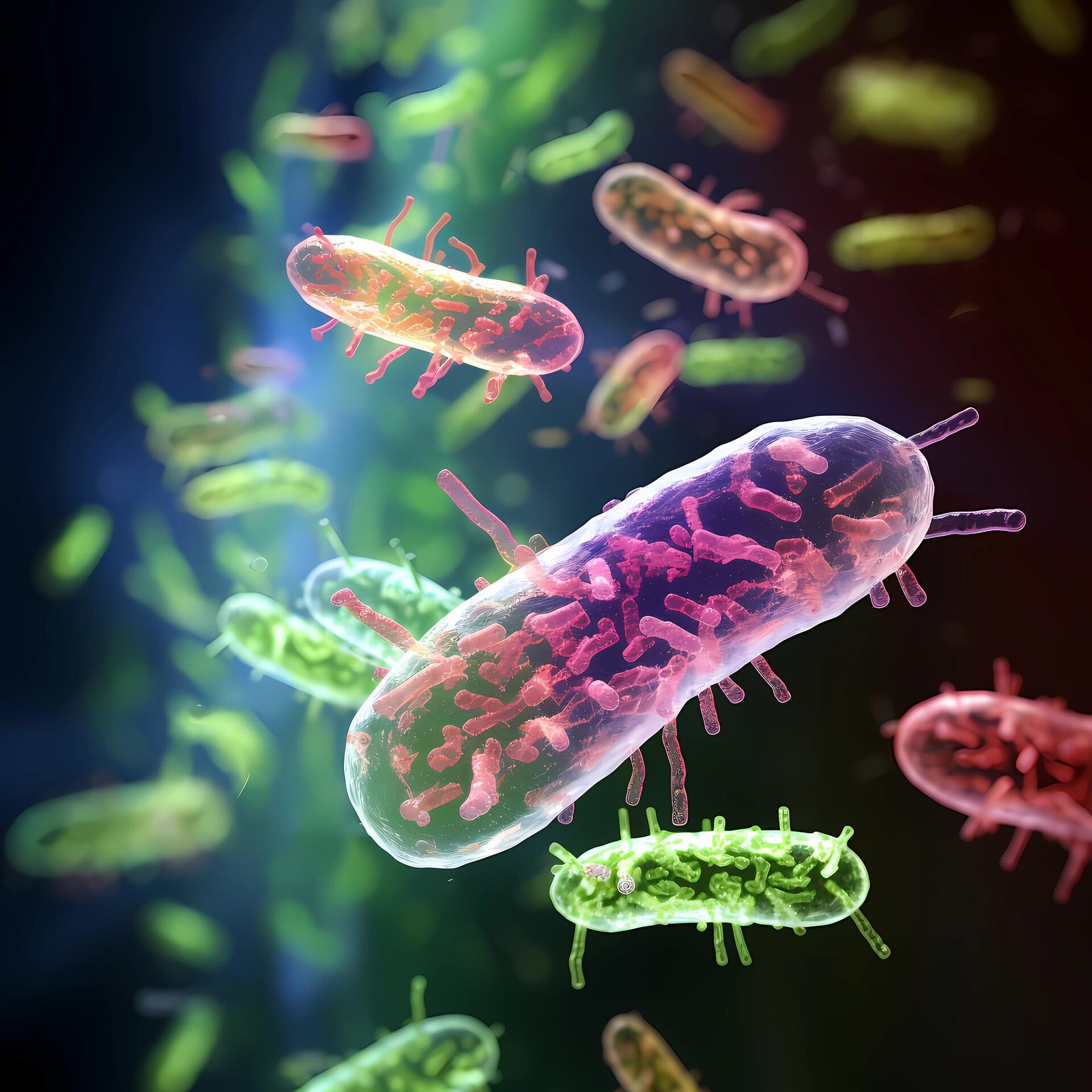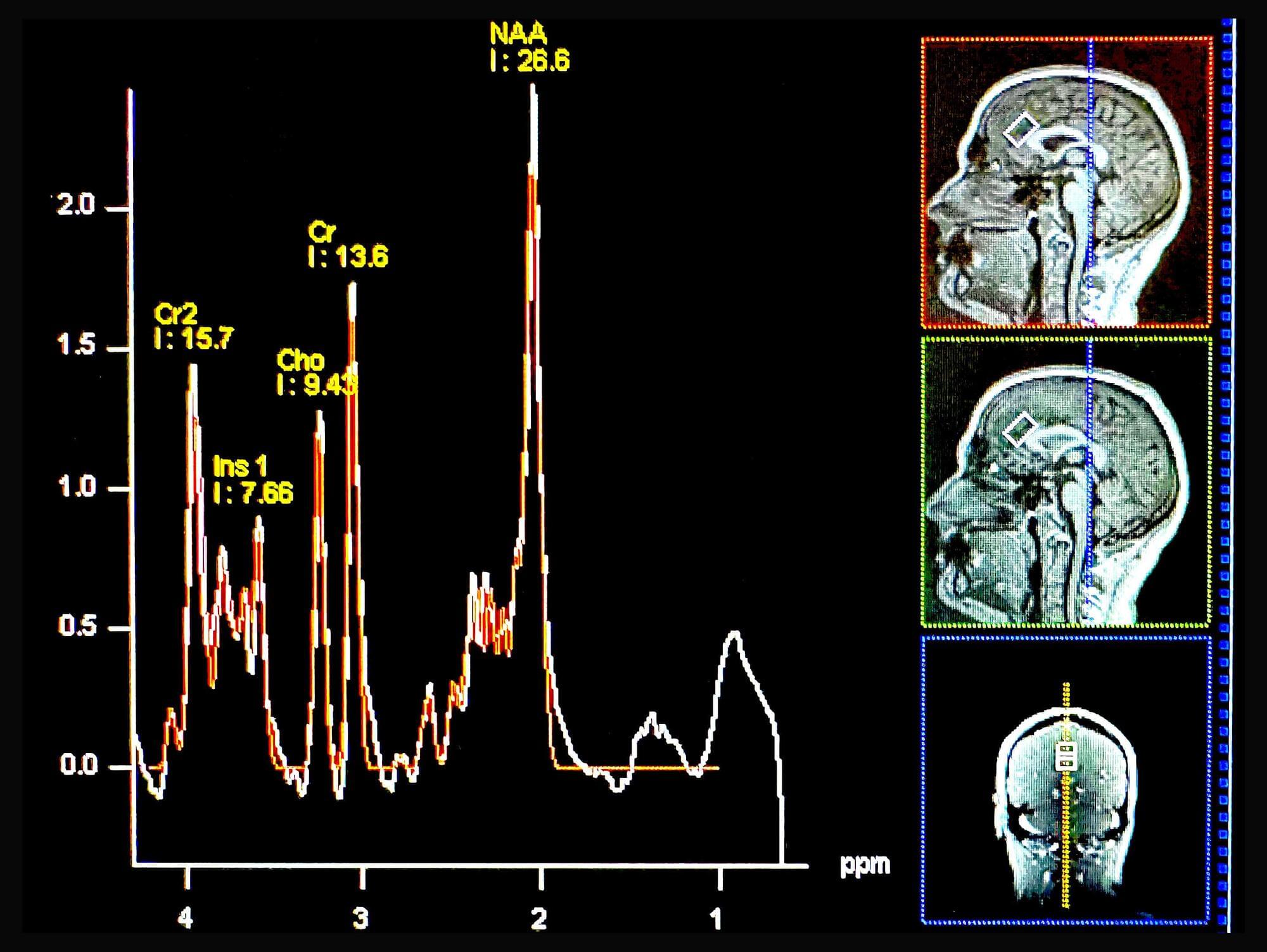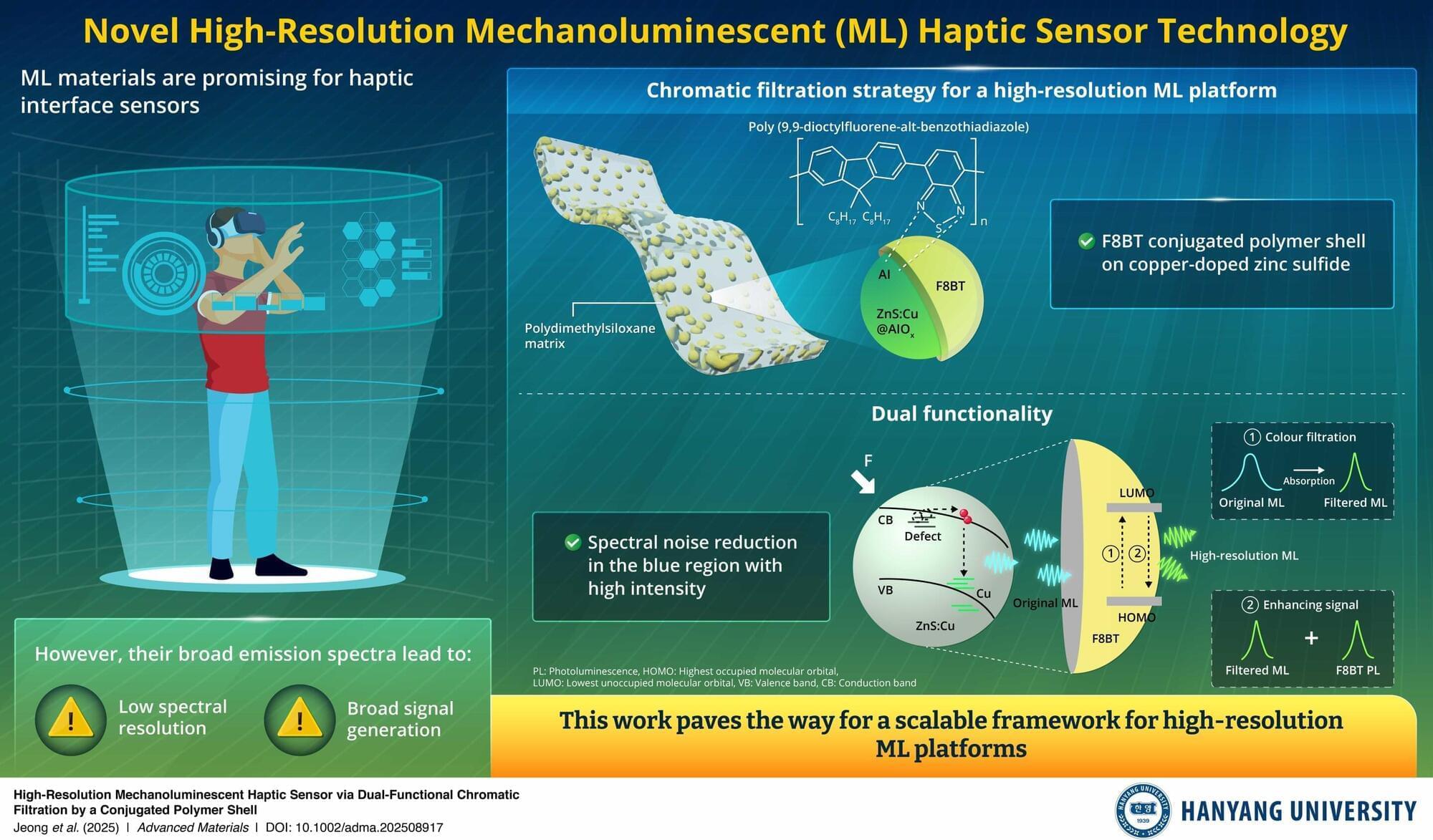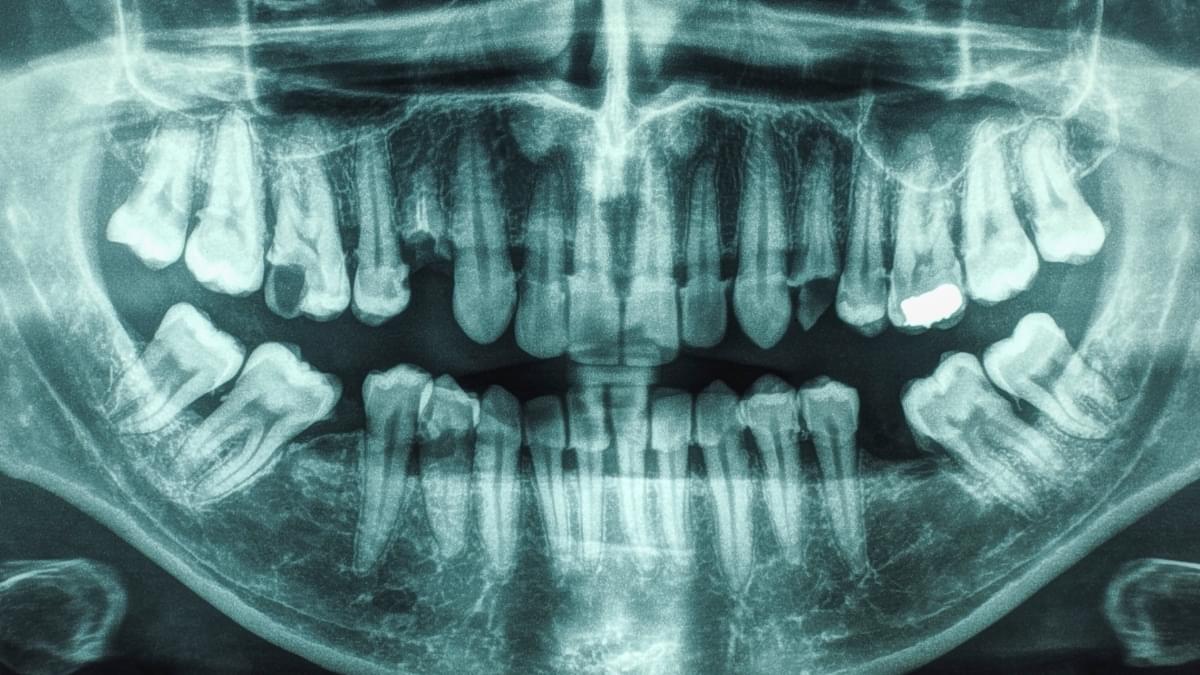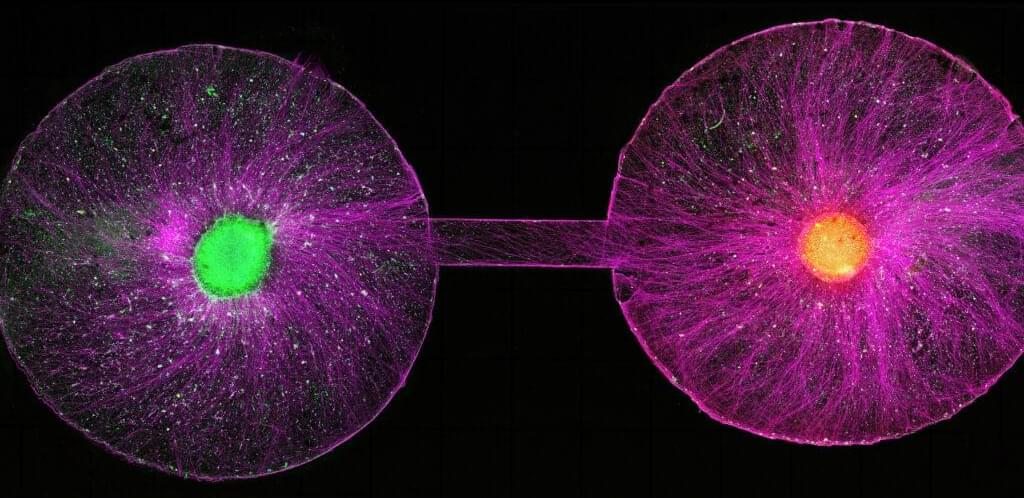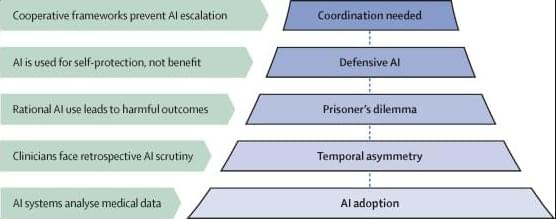The discovery of a new mechanism of resistance to common antibiotics could pave the way for improved treatments for harmful bacterial infections, a study suggests. Targeting this defense mechanism could aid efforts to combat antimicrobial resistance (AMR), one of the world’s most urgent health challenges, researchers say.
The work appears in Nature Communications.
Findings from the study reveal how a repair system inside some bacteria plays a pivotal role in helping them survive commonly used antibiotics. Many of these drugs work by targeting the production of proteins essential for bacterial growth and survival.
